[Part I] A compendium on dark, top-fermented beer styles, white wine masquerading as red, and applying oneself to further studies for the greater good
Autumn. The time of the year when daylight hours become less, Mother Nature gets ready to put her feet up and colder days are settling in. And, by the end of November, autumn, in the northern hemisphere is almost over now. Winter is coming.
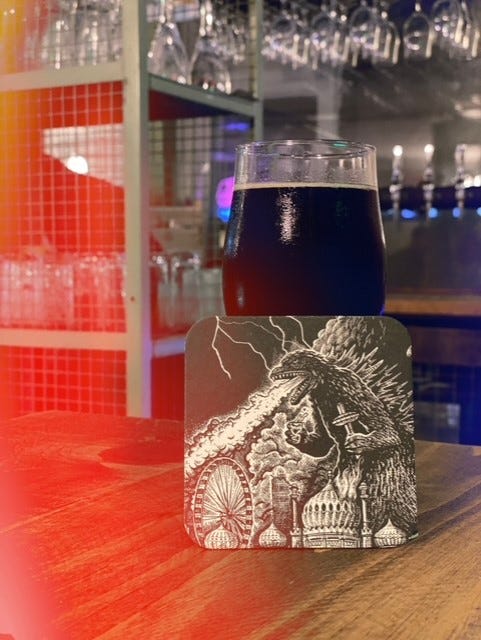
And, I’m so here for it. I love walking to work when the cold air snaps at you, the crunch of the leaves under each step on the pavement, the colours in the sky just before dawn, the overall sensation of the quieter months ahead, full of thoughts of new beginnings, conserving energy, getting ready for the spring. And no, I’m not talking about an apple tree or grape vine, although it seems we could all do with taking a page from their book looking at the breakneck speed some people throw themselves at December’s festivities.
With the darker days in full swing, dark beers seem to be poured and drunk everywhere. The first Thursday of November each year marks International Stout Day[i] and the kick off of #StoutWeek, and stouts seems to appear like the only ale to have. Hashtags like #DarkDaysDarkBeers, #MonthOfDarkness and #StoutLife are flooding my timelines, launch parties, events and tastings are organised for the launches of special stouts – Stoutzilla[ii] and Caribbean Chocolate Cake[iii] anyone?!- are happening, and taproom boards are teeming with the stuff.
Marketing hype, new ritual or second nature
Being born in Germany with Bohemian grandparents sets you up for a love and appreciation of a good beer. Yet my fondness of stouts wasn’t always there. As a matter of fact, I started drinking stouts relatively late in my beer journey – it was the last frontier on my beer style map.
I’ve always liked clean & crisp beers, such as Pils or Kölsch, as well as the more malt-dominating yet still refreshing ones which had a bit more oomph!, like your typical Oktoberfest or Helles. This led me naturally to the malty & sweet beers, Dunkel, Schwarzbier and Milds, eventually culminating in my appreciation of dark & roasty beers, with Schwarzbier bridging the gap, taking me all the way to Stouts – yes eventually I saw the light.
Thankfully nowadays, stout season is all year round for me. And dry stouts, brewed true to style, offer a refreshing alternative to a crisp dry Pils, but I get the allure of the Dark Side, uhh uhh sorry, darkness is what I meant to say. Darkness.
“Who wants to drink a 7% stout in a hot and humid climate?”[iv]
Well, turns out a lot of people do. And a lot of people brew them too.
I had a terrific 7.5% ABV Foreign Extra Stout last summer in France for example, and I regularly drink stouts and porters throughout the year. One of my all-time favourites is 6.5% ABV Nitro Breakfast Stout. And, if you live in this kingdom, you know that we can get all four seasons in a single day – oh the British weather…
But, not all stouts are made equal, and that’s rather important, so pay attention.
A Dry Irish Stout for example clocks in around 3.8% ABV. Rather sessionable. A Sweet Stout weighs in around 5% ABV. Fairly sessionable. A Tropical Stout can be 7.5% ABV. Moderately sessionable. An American Craft Imperial Stout brings around 11% ABV to the table. Less sessionable.
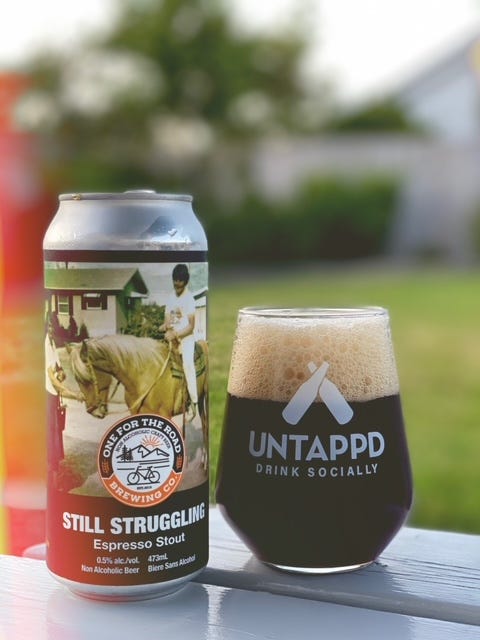
But Lisa, aren’t those the defining building blocks of a specific stout?
Well yes attentive reader, they are, and whether you want to thank or curse Michael Jackson[v] for the introduction of beer styles as a tool[vi], is up to you. The descriptions are here to help us out in defining what things are.
And putting things into neat little boxes is such a human thing to do, we like to organise the world around us to make sense of it all, so that’s where I’m going with this.
A somewhat irrelevant tangent, or compulsory German behaviour at its best – you decide
Beer style definitions also help us find out, and potentially judge, whether a beer is “true to style” in commercial and home-brew competitions and whether it shows faults or flaws.
The other day I was sitting in a spacious, airy room in London, filled with wine professionals from across the globe, neatly organised and arranged onto 6 tables. We were there to judge blind, you guessed it, wine.
With limited time on our hands and a long list of wines to judge, we sipped and spit our way through reds, whites, bubbles, rosés, biodynamic wines, orange wines, bargain bin ones, and bag-in-box wine, to name a few.
Each flight arrived with some uniform details about the wines we were about to consider, omitting the name of the wine, the winery, and any other clues to the identity of the wine, to remove as much bias as possible.
The note in front of me stated that wine #5 was a red wine, yet the wine in my glass was clearly a white wine. Perplexed my table looked at each other, then the glasses in our hands, back to the printed information, then each other again, and back to our glasses. The table fell silent while the sommeliers, wine merchants, restaurateurs, and wine professionals couldn’t compute what was happening.
Eventually, having checked with the organisers, the wine was indeed entered as a red wine in a white wine category. This could have been a genuine mistake from the winery or merchant, or it could have been a deliberate action, who knows, but nonetheless, the wine that was entered, was NOT true to style and was marked down accordingly. Such a shame, as the wine would have scored highly had it been entered in the correct category.
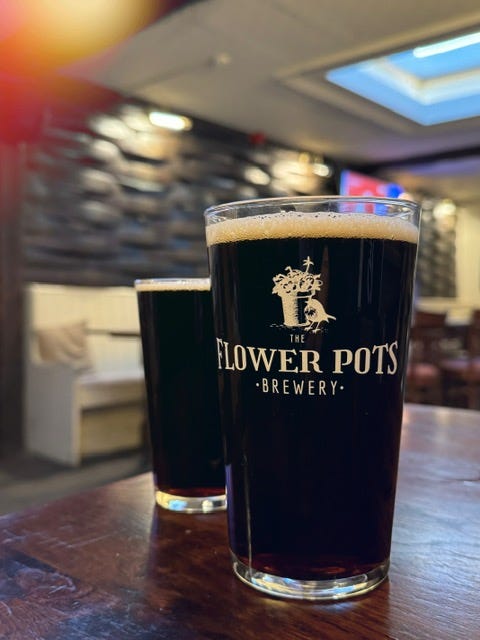
And even though wine and beer people are two different species entirely, styles, guidelines and a standard way of talking and writing about drinks, help us all makes sense of what’s in front of us.
To me, beer styles are loaded with the heritage, people, community and history involved in the specific beer and its brewing. I will refer to a Pilsner only as a Pilsner is if is from Plzeň in the Czech Republic, out of respect to fellow German Josef Groll’s beer and the country it originates in. If it’s not brewed there, it is simply a Pils.
Kölsch is another example, if it’s not brewed within 50km of Köln, or Cologne, I don’t think of it as a Kölsch. Germans being Germans, there are indeed some rules, or Wettbewerbsregeln, guarding the beer and it’s manufacture, and since the 1980s, Kölsch even has a regional designation. This is known as the Kölsch-Konvention[vii] and, although not as old as the Reinheitsgebot, is as a strict as the ol’ purity law.
Guidelines, styles and no consensus
For any newbie drinkers out there, styles help make sense of the various beer families they are faced with. Knowing you prefer piney resinous hop flavours over tropical fruity ones can guide you away from the fruit bomb NEIPAs toward the powerful arms of West Coast IPAs.
And knowing your milk from your tropical stouts, and your oatmeal from your oyster stouts can give you a lot of clues as to whether you should order and consume it. No one wants order and drink a beer they know they don’t like.
The BJCP lists and describes 8 styles of stouts in their 2021 Style Guidelines[viii], which are used by beer judges around the world during competitions.
CAMRA[ix] on the other hand, splits stouts into two categories depending on their ABV for the judging of their Champion beer of Britain Awards.
I’ve popped a short summery at the end of this in case you’re interested, but for argument’s sake, let’s just highlight that two authoritative voices in the beer world can’t seem to agree fully on what is what. Throw in the odd Nitro, Breakfast, White, Sour and Pastry Stout and you’re perhaps on your way to utter confusion. And we haven’t even touched on the “Stout versus Porter” conundrum yet. No need to worry, I won’t go into this today and shall simply leave you with CAMRA’s distinction of stouts are “[…] typically black and less hopped than Porters […]”[x] – make of that what you will.
… to celebrate or curse Mr Jackson indeed …
Scientific methods and temperature fluctuations
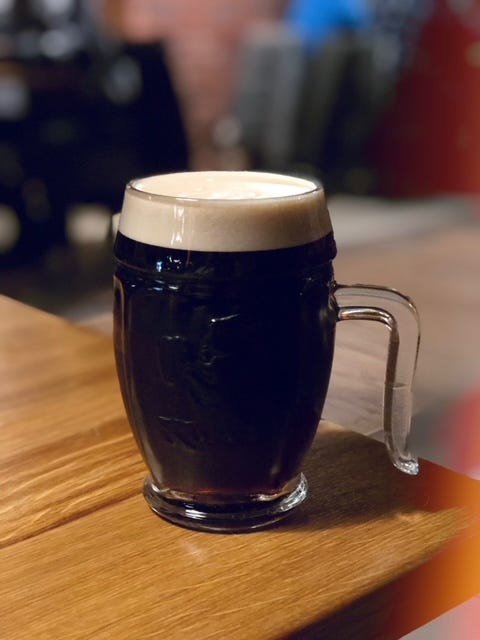
As I am a dedicated and disciplined student, I applied myself to some further studies and sipped some stouts. Research, obviously. To ensure proper care and diligence was truly awarded to the scientific method, I drank some stouts when it was mild out and, when it was colder, as well as on dry days and days it rained. I also recruited the husband, who reluctantly also offered his body to science. We even threw in the odd porter for good measure.
Turns out, stout season is all year long in our house. When I’m pouring a stout in autumn and winter, I’m more to likely to opt for the richer and more indulgent styles. I may choose one which is spiced like a Christmas cake, triple chocolate brownie or one which has added pecan nuts and peanut butter. I typically will drink it slightly warmer than I would when its spring or summer. During those months I’m more likely to choose a dry, oyster or oatmeal stout, over any barrel-aged imperial or adjunct-forward stouts.
But then it depends on what I’m eating, what mood I’m in, who I am drinking with and, where I am drinking…
In short, stouts are seasonal beers.
… in which season you like to drink them, is your prerogative.
Macht’s Euch fein
Sláinte,
xxx
Stouts according to:
Beer Judge Certification Program (BJCP)
Irish Stout (3.8% – 5% ABV)[xi] – black, roasted, often similar to coffee
Irish Extra Stout (5% – 6.5% ABV)[xii] – fuller-bodied, black, roasted flour, often similar to coffee and dark chocolate, malty complexity
Sweet Stout (4% – 6% ABV)[xiii] – very dark, sweet, full-bodied, slightly roasty, coffee-and-cream or sweetened espresso
Oatmeal Stout (4.2% – 5.9% ABV)[xiv] – dark, roasty, balanced sweetness, oat backbone
Tropical Stout (5.5% ABV – 8% ABV)[xv] – very dark, sweet, fruity, moderately strong, smooth, roasty, no burnt harshness
Foreign Extra Stout (6.3% ABV – 8% ABV)[xvi] – very dark, rich, moderately strong, fairly dry, prominent roasty
American Stout (5% ABV – 7% ABV)[xvii] – fairly strong, highly roasted, bitter, hoppy, dark, aggressive American hop character and bitterness
Imperial Stout (8% ABV – 12% ABV)[xviii] – intensely flavoured, very strong, very dark, roasty-bunt malt, dark or dried fruit, warming bittersweet finish
Campaign for Real Ale (CAMRA)
Session Stouts (up to and including 4.9% ABV) – black, roasted coffee, chocolate, and caramel, minimal hop and fruit notes
Dry Stouts – minimal sweetness, dry astringency
Oyster Stout – often salty notes, ocean flavours, slight bitterness
Oatmeal Stouts – full-bodied, creamy, often sweet
Milk Stouts – sweet, creamy, vanilla & custard
Strong Stouts (5% ABV and above) – black roasted coffee, chocolate, and caramel, full mouthfeel, minimal hop and fruit notes
Dry Stout – little sweetness, dry astringency
Oyster Stout – often salty notes, ocean flavours, slight bitterness, rich
Oatmeal Stout – full-bodied, creamy, often sweet
Milk Stout – smooth, sweet, round, rich and full
Imperial Stout – deep, complex, roasted grains, caramelised fruit, coffee, chocolate, leather and potentially wood aged
[i] Awareness Days International Stout Day 2023 https://www.awarenessdays.com/awareness-days-calendar/international-stout-day-2023/ [Accessed 28/11/2023]
[ii] UnBarred Brewery, Stoutzilla (10% ABV) https://www.unbarredbrewery.com/products/stoutzilla-10 [Accessed 29/11/2023]
[iii] Siren Craft Brew, Introducing Caribbean Chocolate Cake https://www.sirencraftbrew.com/caribbean-chocolate-cake—2023 [Accessed 29/11/2023]
[iv] Greg Koch, Foreword in Randy Mosher, Beer for All Seasons: A Through-the-Year Guide to What to Drink and When to Drink It, p. 9 (2015)
[v] I’m referring to Michael Jackson (1947-2007) the English journalist and beer and whisky writer, not the “King of Pop”
[vi] Martyn Cornell, Zythophile – ‘Zee-tho-fyle’, by Martyn Cornell, an award-winning blog about beer now and then, founded in 2007, Michael Jackson and the invention of beer style https://zythophile.co.uk/2010/10/23/michael-jackson-and-the-invention-of-beer-style/ [Accessed 28/11/2023]
[vii] Kölner Brauerei-Verband E.V., Kölsch-Konvention – Wettbewerbsregeln des Verbandes https://www.koelner-brauerei-verband.de/koelsch-konvention.html [Accessed 29/11/2023]
[viii] Beer Judge Certification Program, BJCP Beer Style Guidelines – 2021 Edition https://www.bjcp.org/[Accessed 28/11/2023]
[ix] Campaign for Real Ale Learn & Discover, Beer styles – tasting notes https://camra.org.uk/learn-discover/the-basics/beer-styles/ [Accessed 28/11/2023]
[x] [ibid], p. 8
[xi] Beer Judge Certification Program, BJCP Beer Style Guidelines – 2021 Edition
Home
[Accessed 28/11/2023] p. 27
[xii] [ibid], p. 28
[xiii] [ibid], p. 29
[xiv][ibid]
[xv] [ibid], p. 30
[xvi] [ibid]
[xvii] [ibid]. p. 36
[xviii] [ibid]. p. 37
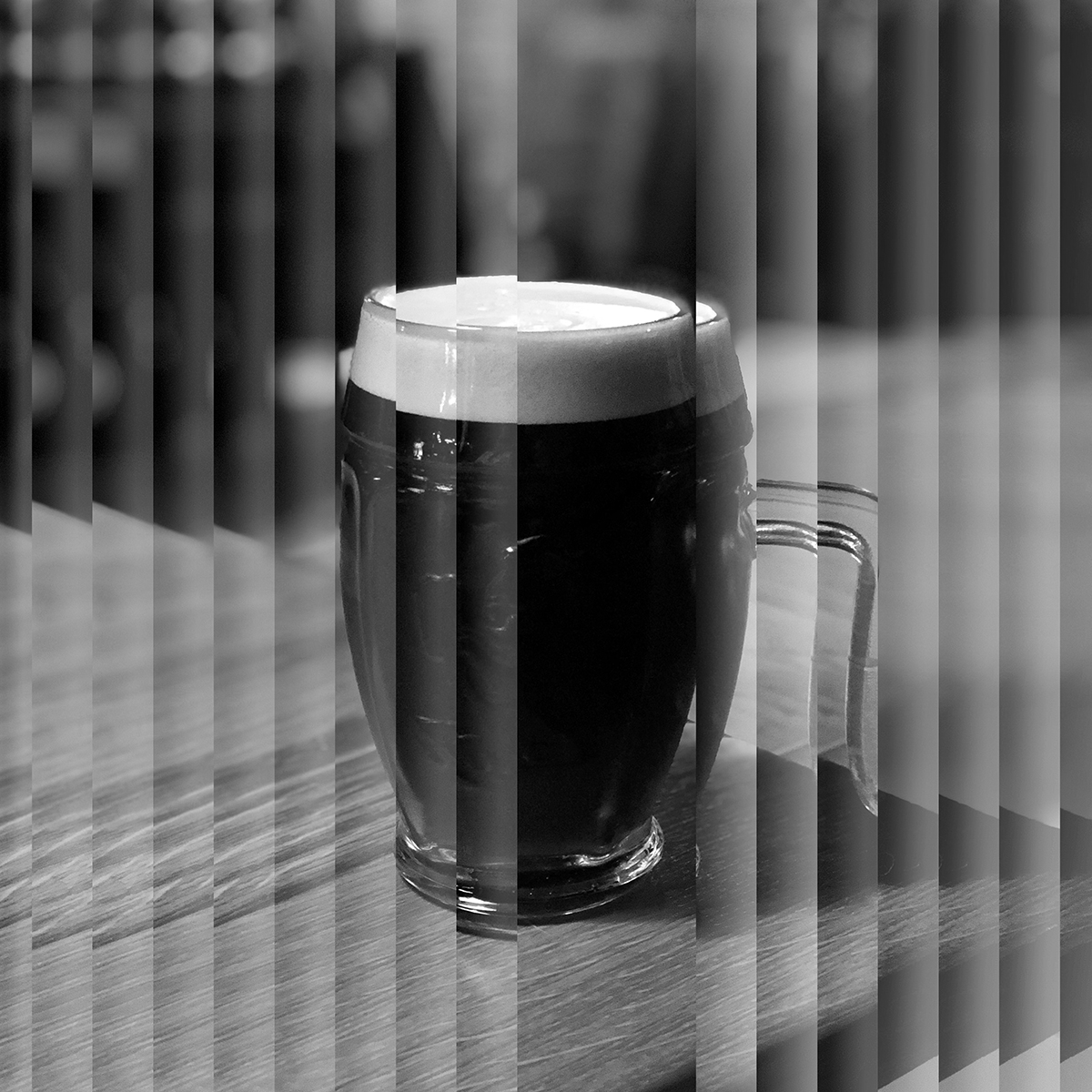
Leave a Reply